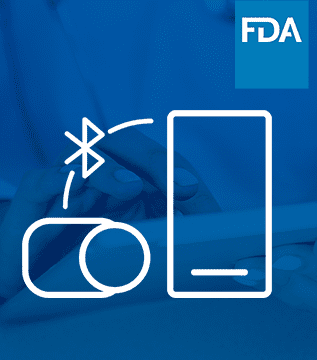
Article
Help Us Build an Authoritative List of SaMD Cleared by the FDA
This post was previously on the Pathfinder Software site. Pathfinder Software changed its name to Orthogonal in 2016. Read more.
Agile methodology has been adapted to the medical device industry to incorporate risk management, human factors and verification and validation so that it satisfies both the letter and the spirit of the FDA’s Quality System Regulation.
Agile methodology is designed to get feedback early and often during the course of product design and use this feedback to continuously improve the product. This fast feedback cycle, coupled with agile practices such as test driven development and continuous integration, allow product organizations to rapidly reduce requirements uncertainty, more closely align to user needs, and reduce risks, defects and wasted effort.
Many discussions of agile focus on the processes and activities of the product development organization and how these processes produce outputs such as user stories, wireframes, acceptance criteria and working software that can be used to get feedback to continuously improve a product.
With all of that emphasis on the development side, it’s easy to miss a key element of agile:
Agile requires rapid feedback from outside the development organization to be effective.
If you think of agile as a build-measure-learn loop, when outside feedback happens early and often, defects and missing or incorrect requirements are caught earlier, risks are identified earlier, and it is much cheaper and faster to fix those problems.
When that feedback is missing or happens too infrequently, you have limited measurement and limited learning: defects and missing or incorrect requirements are not caught or caught too late, when it is much more expensive to fix them.
Making sure that the right feedback happens early and often is therefore one of the key challenges in successful agile adoption.
This is easier said than done. In FDA regulated environments, much of the feedback necessary comes from clinicians, marketers, customers and end users, as well as risk management, human factors engineers and quality management, and the processes are not in place to enable fast feedback from these sources.
In our experience, there are a number of changes that can be implemented to enable faster feedback from outside the development organization:
We’ll tackle these topics in our next installment.
Related Posts

Article
Help Us Build an Authoritative List of SaMD Cleared by the FDA

Article
SaMD Cleared by the FDA: The Ultimate Running List

Article
Roundup: Bluetooth Medical Devices Cleared by FDA in 2023

White Paper
Software as a Medical Device (SaMD): What It Is & Why It Matters